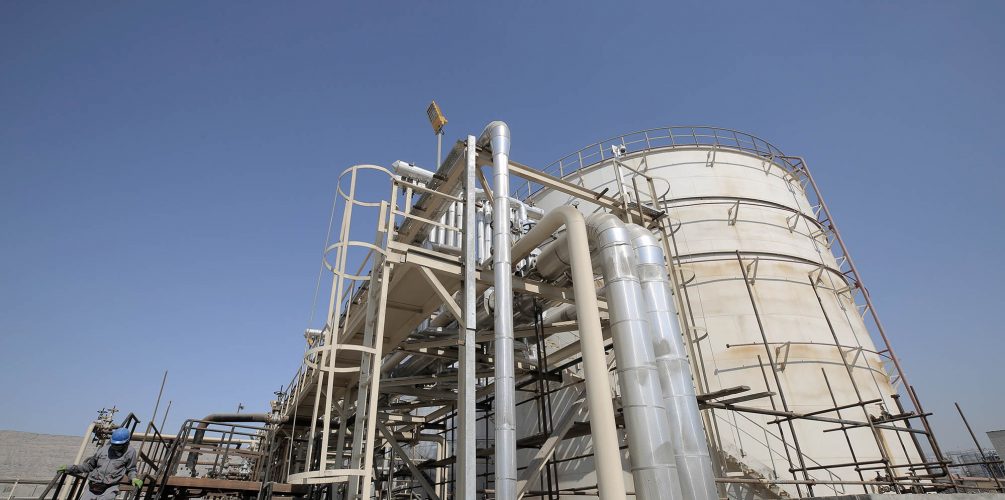
Light and heavy hydrocarbons are just brands that can result from blend, slice, or sweeten processes. Blending generally encompasses the combination of specific materials to achieve the desired specifications. Also, these hydrocarbons can be regarded as one of the by-products of refinery inter-distillation sections with a boiling range of 40 to 400 ⁰C
The materials obtained from the cutting and sweetening units, after being extracted from the distillation tower, according to the density and type of products, are transferred to the production and processing unit for blasting operations in producing heavy and light Hydrocarbons.

Light hydrocarbons generally contain substances with a density below 0.8 g/cm3 and a distillation range of 40-270 °C. They are mostly used as solvents. Light hydrocarbons consist of 5 to 12 carbon chains of petroleum hydrocarbons and are commonly employed to produce aromatic compounds and high-octane gasoline through the catalytic refining process in the petrochemical industry. They are utilized in the chemical industry to produce olefins in the steam cracking unit and used as solvents.
These hydrocarbons are considered the basic material in the chemical and petrochemical industries as an input for producing various petrochemical products such as solvents and diluents. They also have a variety of other applications, including providing the feed for plastics, synthetic fibers, industrial alcohols, polishes, varnishes, and dyeing thinners. They are also used as heating and cooking fuels (alternatives for liquefied petroleum gas and kerosene). They also have a variety of other applications, including providing the feed for plastics, synthetic fibers, industrial alcohols, polishes, varnishes, and dyeing thinners.
Tehran – Valiasr St.
Shahid Fayazi St.
Hasti Street – No. 14
Bandar Abbas – road
Bandar Khmeir – Shahrak
Persian Gulf industry
Tehran – Valiasr St.
Shahid Fayazi St.
Hasti Street – No. 14
Bandar Abbas – road
Bandar Khmeir – Shahrak
Persian Gulf industry
Tehran – Valiasr St.
Shahid Fayazi St.
Hasti Street – No. 14
Bandar Abbas – road
Bandar Khmeir – Shahrak
Persian Gulf industry
Tehran – Valiasr St.
Shahid Fayazi St.
Hasti Street – No. 14
Bandar Abbas – road
Bandar Khmeir – Shahrak
Persian Gulf industry